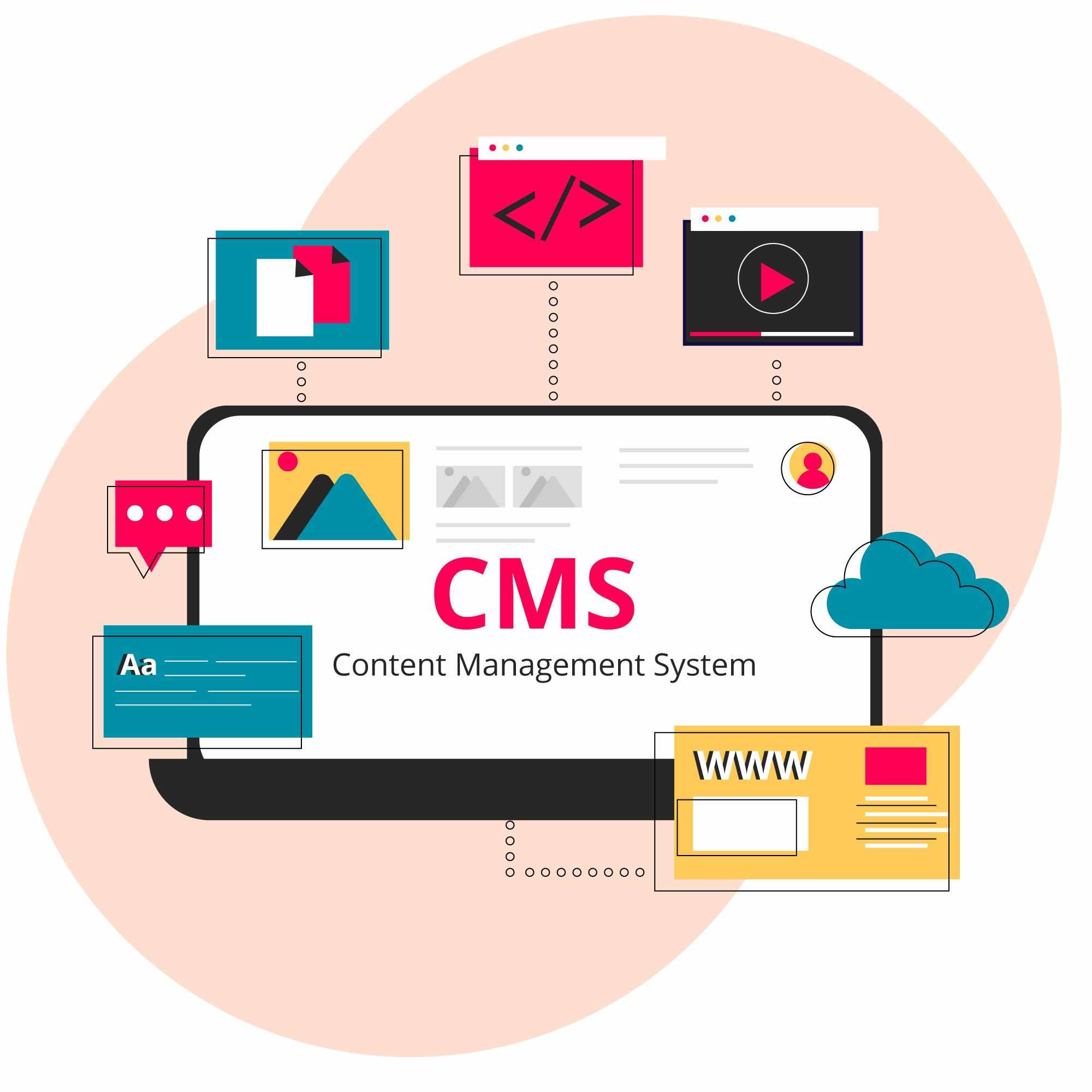Businesses struggle to meet the demand for seamless, engaging content across various platforms. Traditional Content Management Systems (CMS) often hinder this process due to their rigid structures, resulting in slow development cycles and inconsistent user experiences. This disconnect can frustrate customers, leading to lost opportunities and diminished brand loyalty.
The answer is to go for a headless CMS. The concept of a headless CMS structure with the best CMS for your development also means that the back and front ends are divided, which makes it easier to deliver content. This modern solution makes it possible to solve the problem of content delivery more efficiently and helps developers select specific technologies ideal for their applications.
In this blog, we’ll discuss how headless website development is changing web development for good, showcasing the key benefits that make it an indispensable choice for businesses today.

What is a Headless CMS?
A headless CMS is a back-end-only content management system that lets you create, manage, and store content independently from how it is presented to users. Unlike traditional CMS platforms that link the front end (what users see) to the back end (where content is managed), a headless CMS separates these two components. This separation allows developers to present content with any technology or framework, making it particularly beneficial for today’s diverse digital landscape.
Key Benefits of Headless CMS
-
Flexibility and Customization
One of the most significant advantages of a headless CMS is its flexibility. Developers can choose their preferred front-end technologies, such as React, Angular, or Vue.js, allowing highly customized user experiences. This freedom empowers teams to create innovative solutions that align perfectly with business needs and user expectations.
-
Omnichannel Experience
With users accessing content on various devices, delivering a seamless omnichannel experience is crucial. A headless CMS enables businesses to manage and distribute content across multiple platforms effortlessly, ensuring consistent engagement and satisfaction for users, whether visiting a website or using a mobile app.
-
Improved Performance
Performance is vital in web development. A headless CMS enhances website speed and efficiency by allowing developers to optimize the front end and back end separately. This optimization results in faster loading times and a better user experience, ultimately boosting conversion rates.
-
Scalability
A headless CMS can scale easily to accommodate increased traffic and content demands without sacrificing performance. Developers can integrate new front-end applications or systems without overhauling the entire architecture, ensuring adaptability to changing market conditions.
-
Future-Proofing
With technology constantly evolving, future-proofing is essential for any tips for web development. A headless CMS allows businesses to integrate new technologies and frameworks as they become available, keeping them ahead of the competition and meeting ever-changing consumer expectations.
-
Improved Security
A headless CMS can improve security by separating the content management layer from the content delivery layer, reducing the risk of vulnerabilities. Developers can implement stricter security measures to protect sensitive data, making it an ideal choice for businesses that handle personal information.
How Java Headless CMS Fits In?
Specific technologies improve the capabilities of headless CMSs. A Java headless CMS, for example, uses Java to create a robust and scalable content management solution . Java’s versatility allows for seamless integration of back-end processes with various front-end frameworks, ensuring efficient and secure content delivery.
What Does Headless Mean in Web Development?
In web development, “headless” refers to decoupling the front end from the back end of a web application. This modular approach allows developers to work independently on different aspects of a project, leading to faster development cycles and more efficient project management.
Conclusion
Headless CMS is revolutionizing web development by providing businesses with the tools to deliver engaging content across multiple platforms. With its flexibility, omnichannel capabilities, improved performance, scalability, and enhanced security, a headless CMS offers significant advantages over traditional systems.
At IT Chimes, we recognize the importance of adapting to the digital landscape. Our team of experts is ready to help you leverage headless website development to elevate your online presence.
Contact us today to discover how we can transform your web development strategy!
FAQs
Q1. What are the primary benefits of using a headless CMS?
The main benefits include flexibility, seamless omnichannel content delivery, improved performance, scalability, future-proofing, and enhanced security.
Q2. How does a headless CMS differ from a traditional CMS?
A headless CMS decouples the front end from the back end, allowing for greater customization and flexibility. In contrast, a traditional CMS tightly integrates these components.
Q3. What technologies can be used with a headless CMS?
Various front-end frameworks, such as React, Angular, and Vue.js, can be used with a headless CMS and any programming language that supports API integration.
Q4. Can a headless CMS be used for mobile applications?
A headless CMS is perfect for mobile applications, enabling seamless content delivery across different platforms.
Q5. Is a Java headless CMS suitable for large enterprises?
A robust and scalable headless CMS java makes it an excellent choice for large enterprises requiring a reliable and flexible content management solution.
